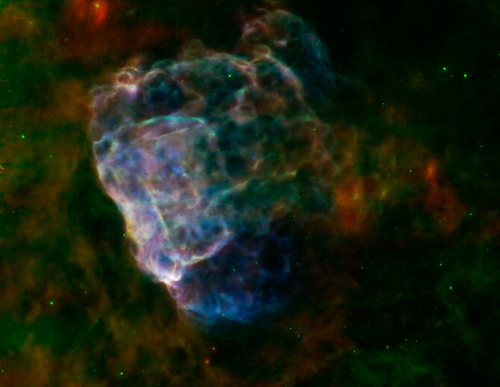
(A Neptune-size planet with a clear atmosphere is shown crossing in front of its star in this artist’s depiction – Photo Credit: NASA/JPL-Caltech)
Using data from NASA’s Hubble, Spitzer and Kepler space telescopes, astronomers have discovered clear skies and steamy water vapor on a gaseous Neptune-sized planet located outside our solar system, making it the smallest planet from which molecules of this kind have been detected. Continue reading





